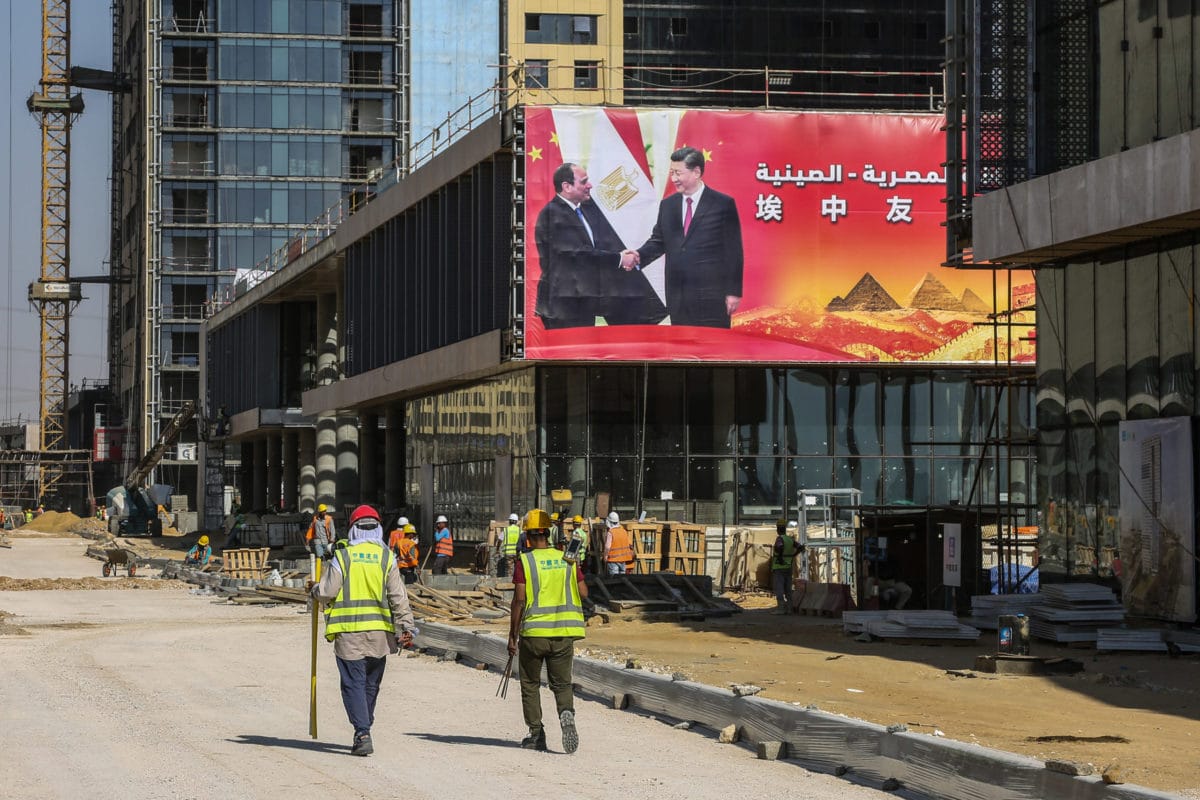Currencies of Power
The summer 2022 issue of Middle East Report, “Currencies of Power,” examines the contemporary global economy to highlight how the tightening noose of global capital is suffocating the region’s working classes. MERIP has always been dedicated to issues of justice in the Middle East and North Africa—i










